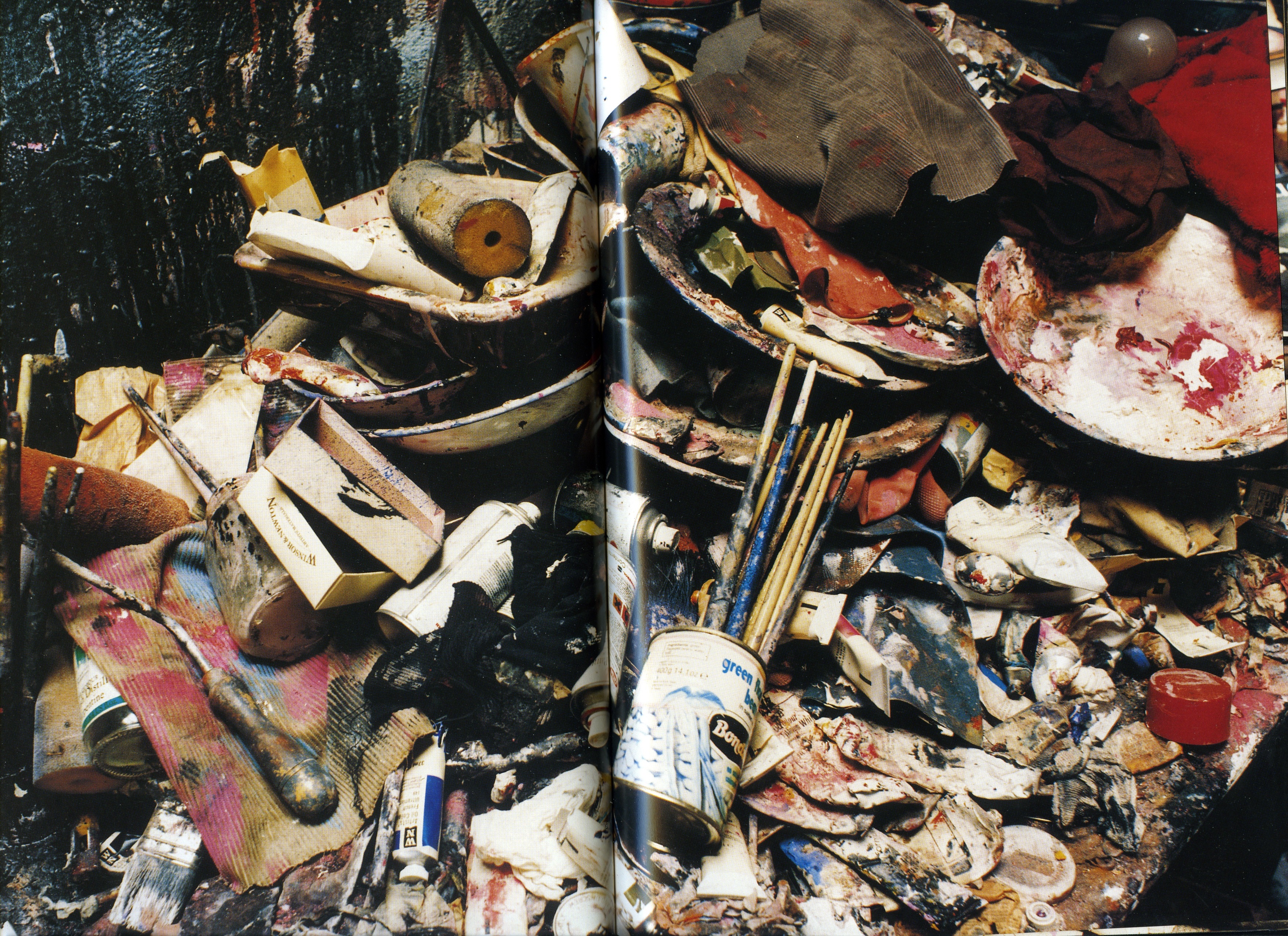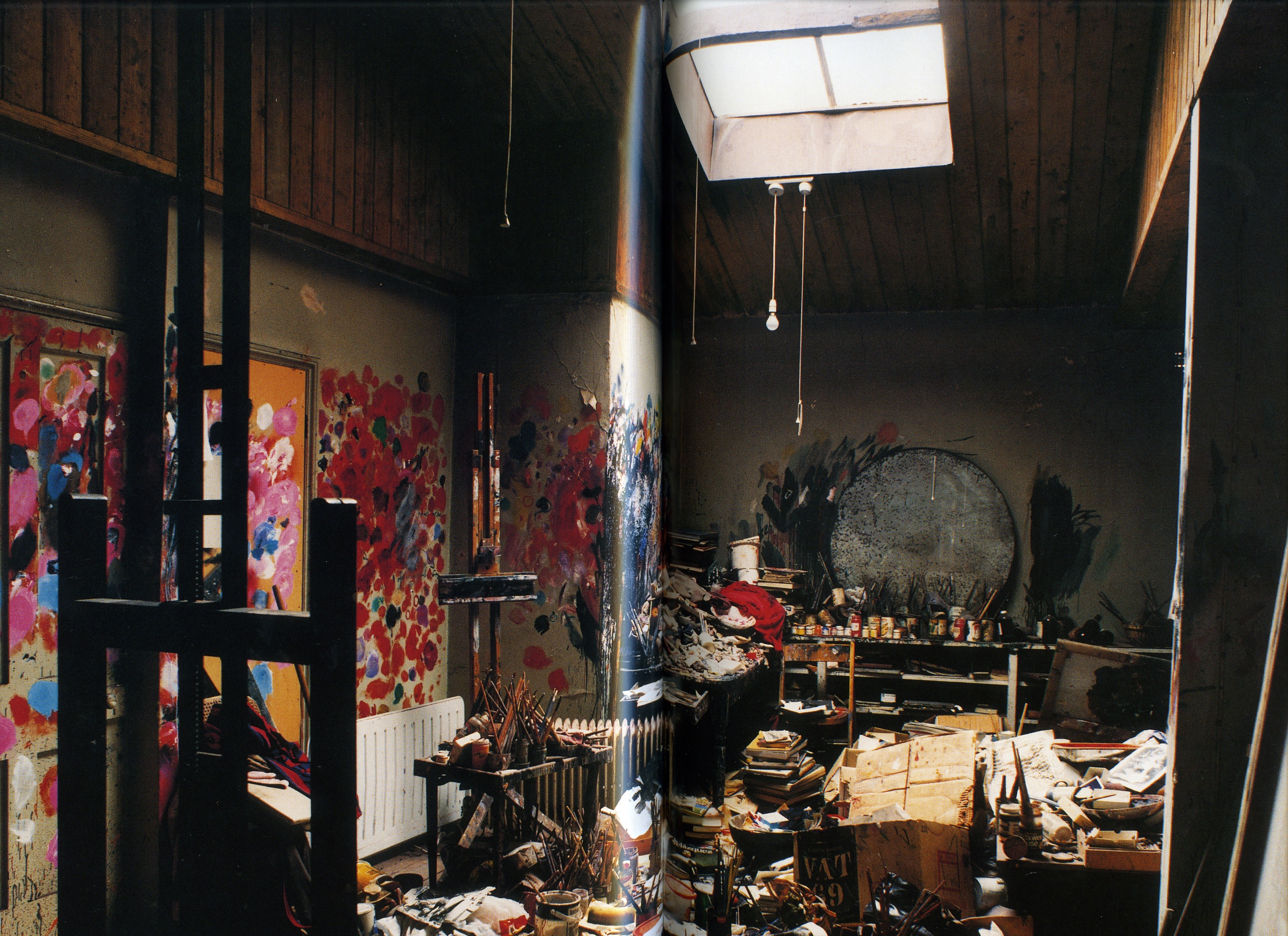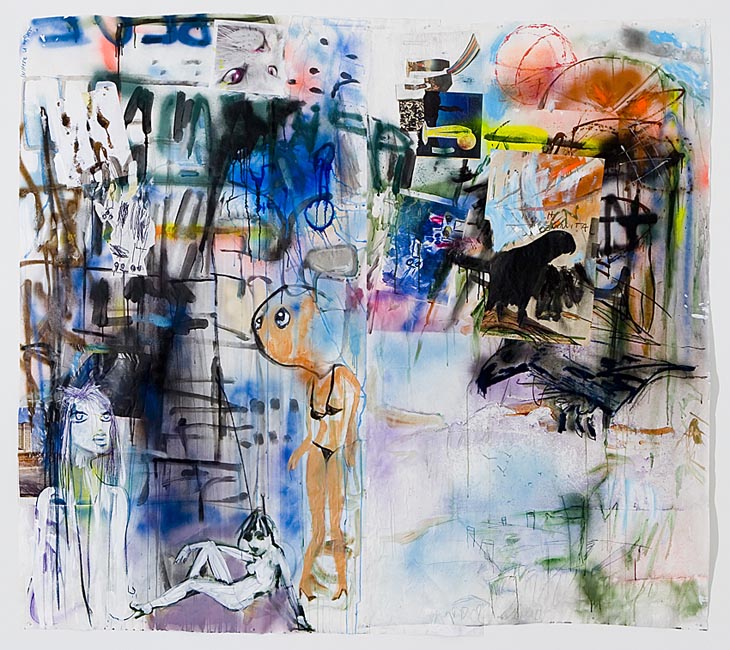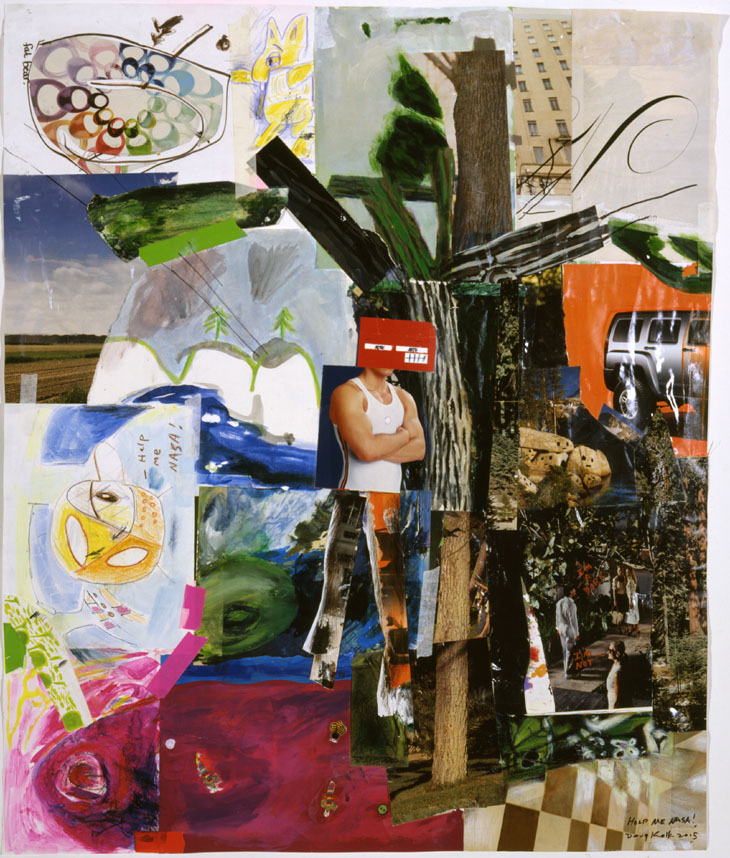The collector's position within the art world is probably the most comfortable of all, since s/he is unlikely to act under any pressure from any part of the AW (Art World). He or she is the shaper and mover, the blessing and the curse for art in general. Despite having often a little or no artistic background or competency the collectors due to the sheer power of their social status and money make the AW what it is and what it is going to be.
Nowadays, the collectors are likely to treat their occupation as a professional sport and an (one of many) investment. They will engage actively in the dynamics of the AW- being, in fact, the stockholders of 'goods' on a highly risky market, where artists (artworks) are their portfolio and their actions (buying/selling - especially considerable amounts of works) influence directly the entire AW. Being the main clients of galleries and museums they are able to carve art accordingly to their taste channeling paths for a particular trend and discouraging the evolution of an another. Like in any sport (and investment) the good collectors display a well-built, competitive 'body' of the collection with the quality/quantity of works especially taken into account; they also take an active part in a public life of the AW and beyond it promoting and educating, curating and supporting the public institutions.
The good collector would comply with un-written code of ethics of the profession:
- to take the responsibility for the AW - especially the artists in his/her collection and those not yet included; take care for the healthy development of the AW as a whole
- to avoid abusing his/her status within the AW; this includes pressurizing artists, dealers or curators to comply or showing 'empty' interest in a work (without any serious intentions to buy)
- to support emerging artists and art colleges
- to avoid any pretense and deception games - the best art collectors are art lovers and investors; yet (since nobody is perfect) the ethically correct 'shoppers' will admit their predominantly commercial interest in art
- to foster the freedom of speech in art-related media and topics
Some famous art collectors:
- Bernard Arnault - French billionaire businessman and the richest man in France
- Alan Bond - Australian entrepreneur
- Eli Broad - Eli Broad Biography - Jewish American billionaire businessman and philanthropist
- Walter Chrysler - founder of the Chrysler Corporation
- David Geffen - Founder of Geffen Records, listed on Forbes Rich list
- Steve Martin - Famous comedian, actor, writer and art collector from the United States
- Charles Saatchi - Founder of the advertising agency Saatchi and Saatchi
- Sakip Sabanci - Billionaire Turkish businessman and famous philanthropist
- Kerry Stokes - Australian billionaire media magnate
- Steve Wynn - Las Vegas Casino and Resort Developer













